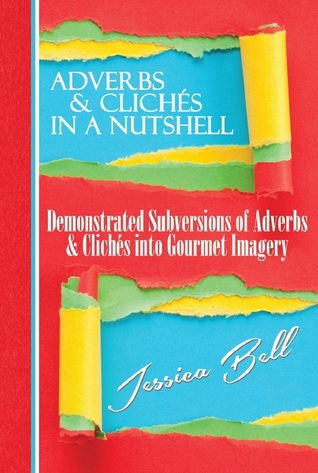Purple Prose:
bookshelf
On My Writerly Bookshelf: Editor Proof Your Writing

On My Writerly Bookshelf: Adverbs & Clichés

On My Writerly Bookshelf: Creating Your Writer Platform

On My Writerly Bookshelf: The Moral Premise

On My Writerly Bookshelf: Publishing and Promoting Your Book

Merry Christmas and Help the Elf!

On My Writerly Bookshelf: Writing Love

On My Writerly Bookshelf: Show & Tell

On My Writerly Bookshelf: Writing (Brilliant) 21st Century Fiction

And Then It Exploded . . .
The Subtle Knife: Writing Characters Readers Trust But Shouldn’t

On My Writerly Bookshelf: Going Deep

On My Writerly Bookshelf

On My Writerly Bookshelf: Editing

Random Act of Kindness BLITZ!
On My Writerly Bookshelf

Expanding Beyond Your Genre (and meet Brad Pitt)

On My Writerly Bookshelf: Symbolism

Weaving in Symbolism

Kick A** 2011 Debut Author Spotlight


